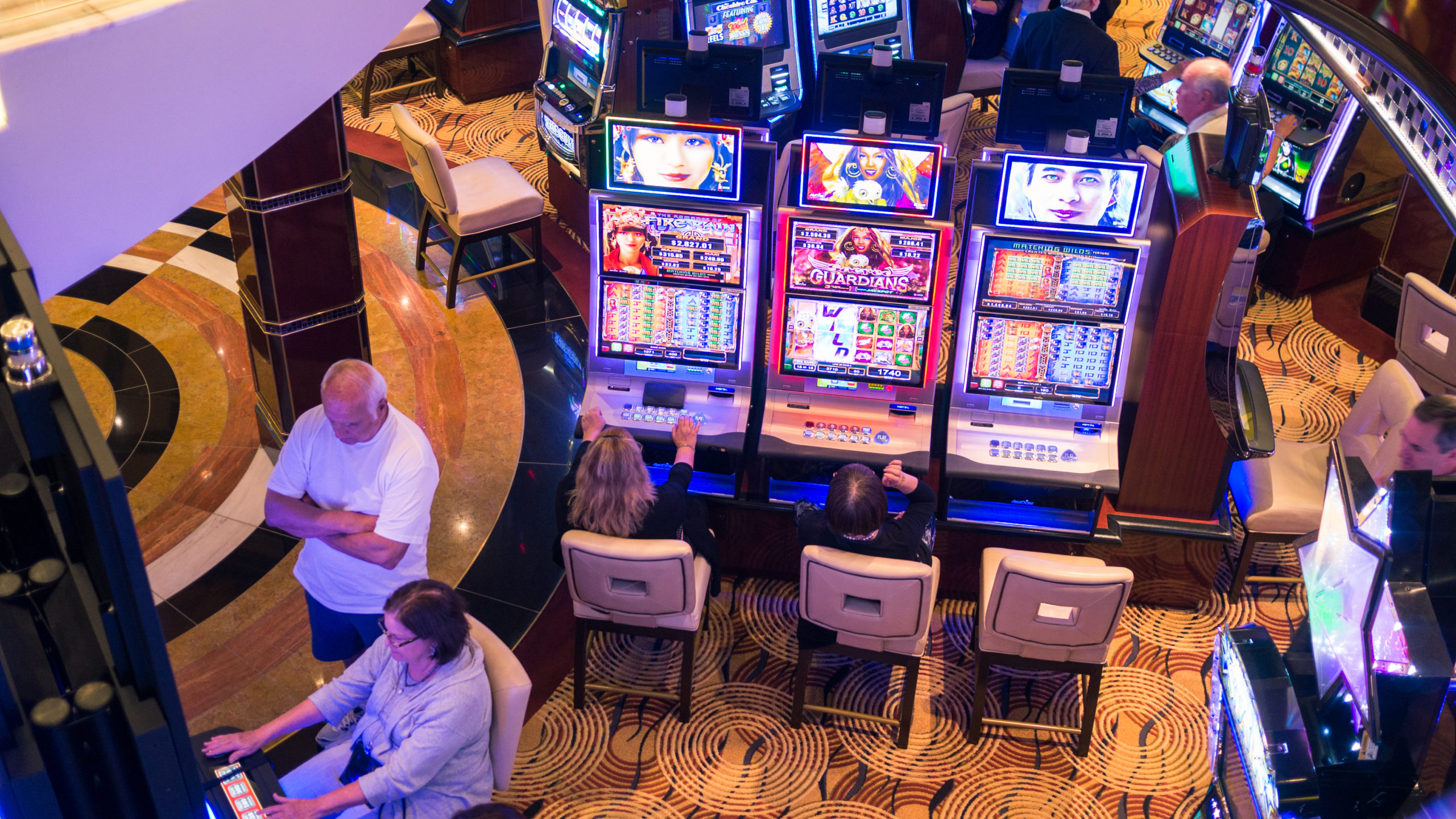Grasping Return to Player within Slot Machines
Regarding slot machines, players frequently get captivated by the shimmering lights, engaging themes, and the adrenaline of spinning the reels. But beneath the glitz and fascination lies an critical concept that every player should understand: Return to Player, or RTP. This key metric holds great importance in influencing the return of your wagered money over time, influencing your gaming experience and strategy as you play.
RTP is usually expressed in percentage terms and reflects the typical sum of money returned to players compared to the cumulative wagers. For instance, if a slot game has an RTP of ninety-five percent, it means that, on average, players can expect to get back ninety-five dollars for each $100 wagered. Understanding this concept can enable players to make better choices when choosing which slots to play, ultimately boosting their enjoyment at the casino.
What is RTP?
RTP, also known as RTP, is a crucial concept within casino slots games. It denotes the percentage of all wagered money which a specific slot is designed to pay back to players over time. For example, if a specific slot has an RTP of 95 percent, this means that, theoretically, players can expect to receive back ninety-five dollars for every $100 placed during extended play. Understanding RTP assists players evaluate the likely gains of different slots.
RTP isn’t a promise of specific victories but instead an average determined throughout many spins. Players’ experience might be different significantly due to the randomness inherent in slot games. A better RTP suggests better odds for the player, making it a critical aspect to consider when picking the slots to choose. Still, even with high RTP, there can be stretches during which players experience losses, because luck plays a significant role.
It should also be noted that different slots have varying RTP percentages. Some games may have a reduced RTP because of a considerable enjoyment or unique features, while others hold a increased percentage to attract more risk-averse players. Comprehending RTP enables players to take informed decisions about their gaming strategies and control their money efficiently while experiencing the adrenaline of casino slot games.

The Way Return to Player is Being Determined
A RTP, or Return to Player, represents a critical indicator in the realm of casino slots games. It denotes the percentage of all bet funds which a gaming device is expected to pay back to players over time. Understanding how this measurement can be calculated requires understanding into both the slot’s design as well as its payout structure. The return value is calculated via complex algorithms as well as data evaluation executed during the game creation phase. Slot creators take into account various elements, including the rate of winning outcomes as well as the magnitude of returns on every combination.
To calculate this metric, developers simulate a large quantity of rotations of the game. Such modeling efforts aid determine the average amount that on average, a player can expect to win based on their wagers. For example, when a machine boasts an average return of 95 percent, this means that, theoretically, among every one hundred dollars wagered, gamblers can expect to get ninety-five bucks back in the long term. This figure doesn’t represent how much a gambler will win during a single play and over a couple of plays; instead, it shows overall payout expectations.
RTP values are generally disclosed by the casino or slot developer. Gamblers must always seek out such information when choosing a slot game, because it has the potential to influence their overall enjoyment. https://mb66.exposed/ A higher RTP typically indicates a higher probability of winning back a portion of wagered money, although specific sessions may differ greatly. Understanding this concept enables players to choose wisely while improve their overall enjoyment in the world of slot games.
Value of RTP in Gaming
Grasping the RTP or RTP is crucial for any player involved in slot machines. RTP is the percentage of wagered money that a game is set to return to gamers over time. A higher RTP indicates that gamers can expect receiving a bigger share of their bets back, making it an significant factor for those seeking to maximize their gambling enjoyment. Understanding this figure aids gamers make informed decisions about which games to play, as it can significantly influence their potential winnings.
Moreover, Return to Player has a central role in the overall fairness and transparency of casino slots. Players are often drawn to slots with greater RTP percentages because they provide a superior chance of winning over the long term. Gaming establishments and game developers use Return to Player as a selling point to draw in gamers, ensuring they maintain a competitive edge in the growing gaming industry. By being aware of RTP, players can select slots that align with their comfort level and gaming goals.
In conclusion, the idea of Return to Player promotes safe gambling behavior. By understanding that not all games will provide immediate returns and that Return to Player is determined by extended play, players can manage their expectations and playing habits effectively. This understanding enhances the enjoyment of slot games while fostering a more sustainable gambling landscape. Gamers who comprehend the importance of RTP are more prone to have a better experience and reduce the chances of gambling issues.